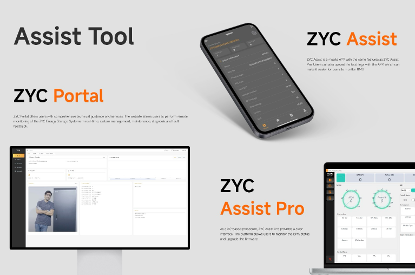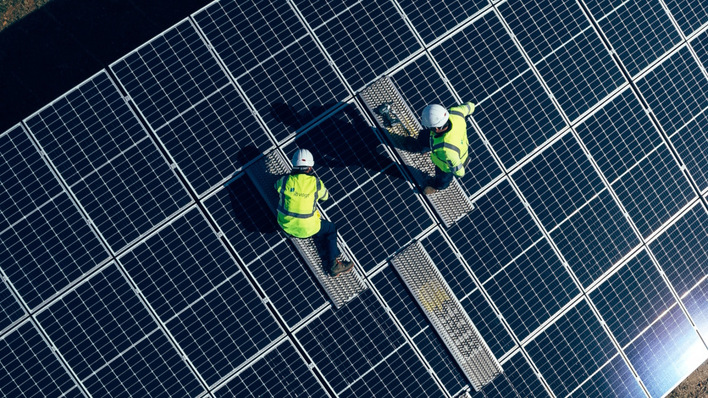Right now we’re seeing a monumental shift in our energy systems. Much will be made about not moving fast enough, and that may be true, but the fact of the matter is that the growth of renewable energy both as energy infrastructure as well as an investable asset will come to define the coming decades. One of the long known benefits of this rollout comes in the form of decentralizing our energy system. Decentralizing brings many benefits, including reduced transmission costs (and infrastructure needs), higher efficiencies and combining heat and power. Of course, shifting to a new energy model will also present a number of learning curves that will need to be navigated.
At present, our energy systems are highly concentrated, meaning several large power plants do much of the heavy lifting. This means that it is extremely important to keep these plants running at high capacity. The fact that these plants are few and far between means that monitoring the plants and their energy outputs can be done relatively easily – if there are only a handful of plants to monitor, only a handful of expert technicians are necessary. Shifting to a decentralized system of course has many benefits, but it necessitates a rethinking of the operations and maintenance (O&M) of the plants.
Standardization of the O&M processes
This rethinking doesn’t need to be a negative, in fact it presents an opportunity to actually design a more efficient system from the ground up. One of the keys to this rethinking is the standardization of O&M processes. Collecting data across multiple plants means processes can be tweaked and efficiency gains realized, and much of this can be done simply through off-site monitoring. This reliance on data makes it extremely valuable to have multiple assets under management, with every additional plant offering more value to the asset owners and ultimately more efficient operation.
Did you miss that? Raycatch to unveil new DeepSolar at Intersolar
The emergence of artificial intelligence and machine learning makes this collection of data even more valuable. O&M for solar PV plants is now largely preventative in nature, and the more data operators have at their disposal, the better they can prevent problems before they occur. Thanks to this, it is also possible for expert technicians to handle multiple plants from a single location, using the ample data collected to help those on the ground to handle problems quickly and easily.
Decentralized plants function much more interconnected
The networking of multiple plants, and the collection and aggregating of data is actually one of the main benefits of decentralized energy and presents an inherent benefit over the current fossil fuel based system. It could even be argued that although we are seeing a shift towards decentralization, in many instances these plants will function in a much more interconnected way than we have seen in the past.

Nova Source
At NovaSource Power we realized early on the benefits of this networking of plants as well as the advantage of scale. We pushed for a rapid expansion of our capacities and have been taking a focused effort to bring as many projects as possible on the same data analytics platform. Not only did this help expand our project portfolio but is also allowed for an expansion of our technical competencies. As with many industries, the importance of software and algorithms is rapidly increasing, and with the efficiency benefits and cost savings possible it’s easy to see why.
Continually improving software algorithms
Of course, monitoring and data analytics is only a small part of the puzzle that is solar O&M but linking a larger pool of assets will allow for much greater efficiency gains that will bring improvements across the board. Ultimately, making these decentralized plants more efficient and improving output will not only benefit asset owners, but it can play a major role in accelerating the rollout of renewable energy infrastructure across the globe.
Ensuring maximum energy output and reducing costs in solar PV plants are both vital to ensuring a rapid and successful energy transition. O&M provides a great opportunity to drive innovation in the sector, and standardizing O&M processes ensures the continually improving software algorithms can benefit plant owners without delay. Decentralization is set to have a major effect on our energy systems, but its important we also take advantage of the scale of our impending rollout rather than having everyone take this journey alone. (TM/hcn)
Also interesting: STI Norland launches new smart control system for solar power plants







